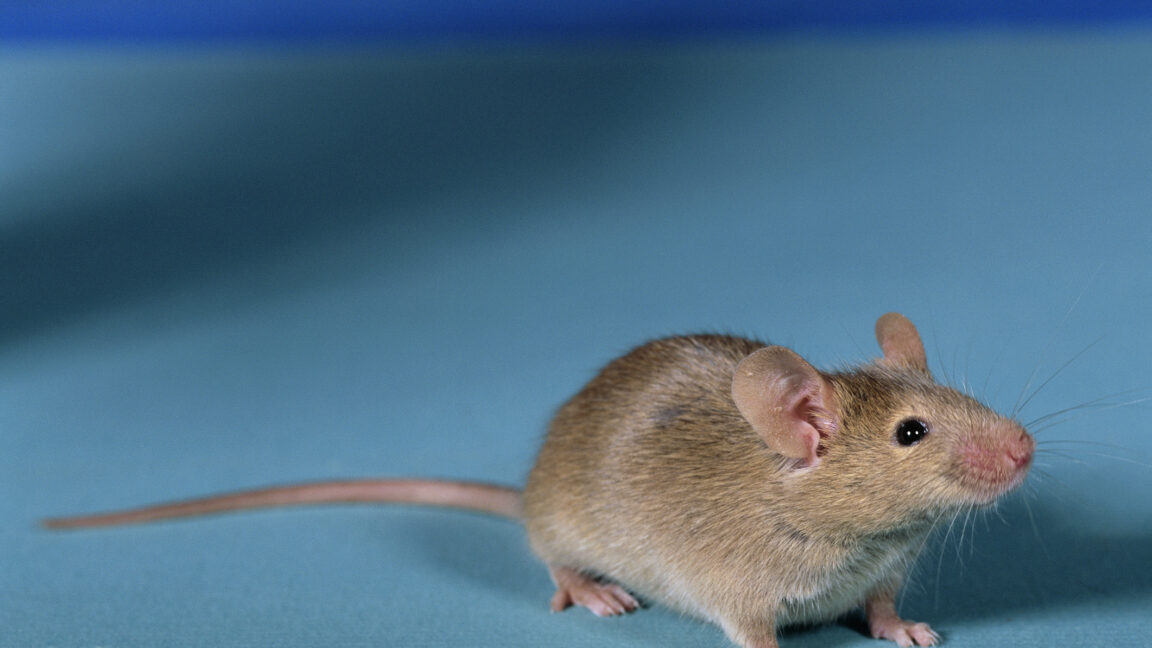INSUBCONTINENT EXCLUSIVE:
The researchers spent time ensuring that the enzymes they had were modifying the methylation as expected, and that development started as
Their general finding is that the enzymes did change the methylation state for about 500 bases on either side of the targeted site, and did
But there are seven different imprinting sites that need to be modified, each of which controls multiple nearby genes
So, while the modifications were consistent, they weren't always thorough enough to result in the expected changes to all of the nearby
genes.This limited efficiency showed up in the rate of survival
Starting with over 250 reprogrammed embryos that carried DNA from two males, they ended up with sixteen pregnancies, but only four that died
at birth, and three live ones; based on other experiments, most of the rest died during the second half of embryonic development
birth.All three live births were male, although the numbers are small enough that it's impossible to tell if that's significant or not.The
researchers suggest several potential reasons for the low efficiency
One is simply that, while the probability of properly reprogramming at least one of the sites is high, reprogramming all seven is
considerably more challenging
There's also the risk of off-target effects, where the modification takes place in locations with similar sequences to the ones targeted
They also concede that there could be other key imprinted regions that we simply haven't identified yet.Sorting that out would be needed if
we want to use this approach as a tool, which might be potentially useful as a way to breed mice that carry mutations that affect female
But this work has already been useful even in its inefficient state, because it serves as a pretty definitive validation of our ideas about
the function of imprinting in embryonic development, as well as the critical role methylation plays in this process

